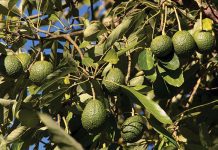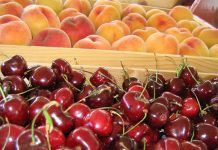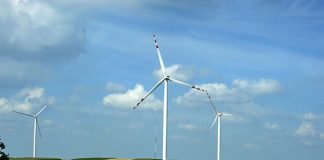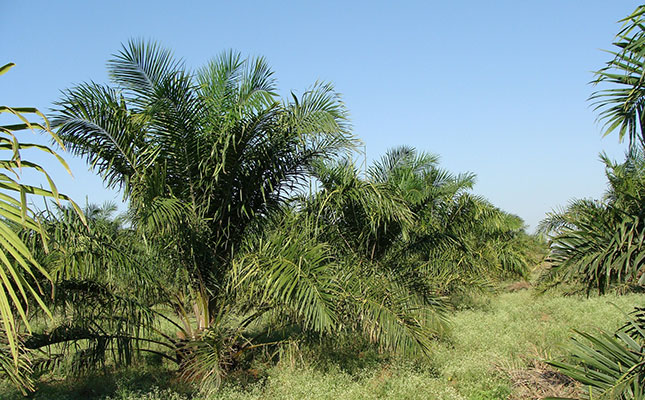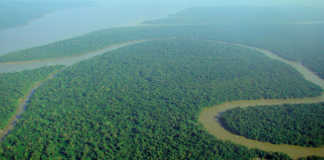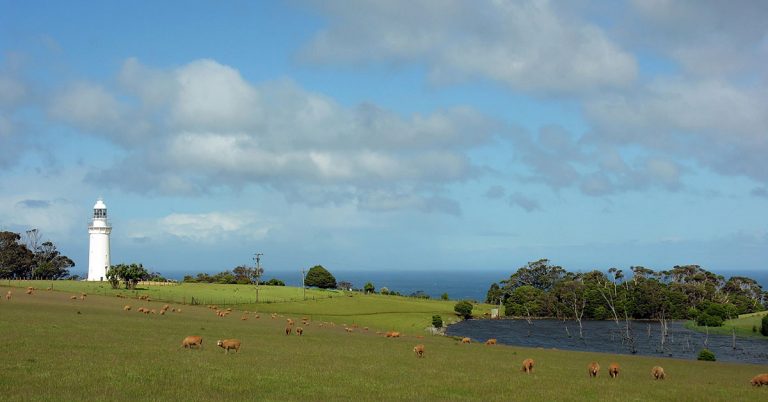
Photo: Pixabay
A new UN project suggests that the impact of livestock’s contribution to global warming is being overstated.
This was according to the programme manager for fibre advocacy and eco-credentials at Australian Wool Innovations (AWI), Angus Ireland, who said it had previously been reported that livestock contributed 18% of human-produced greenhouse gas emissions around the world.
AWI is currently participating in the Food and Agriculture Organization of the United Nations’ (FAO) LEAP project, which was reassessing methane’s contribution to global warming.
According to current calculations by the UN’s Intergovernmental Panel on Climate Change, methane gas generated from the digestion of pasture remained in the atmosphere for 100 or more years, continuing to have a harmful effect for that length of time.
However, research by the LEAP project reassessed methane’s contribution to global warming and had proven that it was relatively short-lived in the atmosphere.
“After about 10 or 12 years, methane breaks down, reverts back into carbon dioxide, and carbon dioxide is not nearly as bad a greenhouse gas as methane,” Ireland said.
He told the Farm Online website that the UN had recognised the new findings, and had formed a technical advisory group that reported to the LEAP project.
“AWI has a member on that technical advisory group, so we are hopeful that the group will come up with a more accurate reflection of the period of time that methane from animals hangs around in the atmosphere, and that livestock’s contribution to global warming will be more accurately reported.”
According to Ireland, this new information was also proving useful for AWI’s current attempts to counter the EU’s efforts to mandate that clothing and textile products carry labels displaying their environmental credentials.
The EU was targeting the textile industry in order to achieve what authorities there believed would be climate neutrality and a true circular economy, he said.
Natural fibres had always been part of this circular process, but the rating rules that would soon be applied to textiles would result in all-natural fibres being rated as less sustainable than synthetic fibres, according to Ireland.
Under this system, renewable and biodegradable fibres would not receive any positive scoring, while petroleum-based fibres would not be penalised for being non-renewable and non-biodegradable.
“A level playing field is not possible between clothing made from natural and synthetic fibres without improvements to the European Council’s rating rules,” Ireland said.
“If left unchecked, these scoring systems will see cotton, silk, wool, and other valued animal fibres relegated to the ranks of the unsustainable throughout the production cycle and ultimately at point of sale.”





